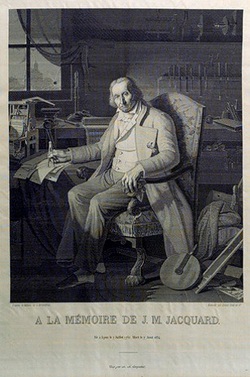
It was the fusion of automatic calculation with programmability that produced the first recognizable importers. In 1837, Charles Babbage, FRS, an English mathematician, philosopher, inventor and mechanical engineer, originated and designed the concept of a programmable mechanical computer, built from mechanical components such as levers and gears, rather than electronic components--his analytical engine. Limited faces and Babbage’s inability to resist tinkering with the design meant that the device was never completed--nevertheless his son, Henry Babbage, completed a simplified version of the analytical engine’s computing unit (the “mill”) in 1888. He gave a successful demonstration of its use in computing tables in 1906. In 1910, this machine was given to the Science museum, one of the three major museums on Exhibition Road, South Kensington, London, in the Royal Borough of Kensington and Chelsea.
In the late 1880s, Herman Hollerith, an American statistician who developed a mechanical tabulator based in punched cards to rapidly tabulate statistics from millions of pieces of data, invented the recording of data on a machine-readable medium. Earlier uses of machine-readable media had been for control, not data. “After some initial trials with paper tape, he settled on punched cards...”; punched/perforated paper tape is a form of data storage, consisting of a long strip in which holes are punched to store data. To process these punched cards he invented the tabulator, or “tabulating machine,” an electrical device designed to assist in summarizing information and, alter, accounting; and the keypunch machines, devices used for the purpose of entering data onto punch cards by precisely punching holes in the cards at specific locations as determined by the keys struck by the operator. These three inventions were the foundation of the modern information processing industry. Large-scale automated data processing of punched cards was performed for the Eleventh United States Census, taken June 2, 1890, by Hollerith's company, which later became the core of IBM, or the “International Business Machines Corporation,” an American multinational technology and consulting corporation, with headquarters in Armonk, New York, United States.
By the end of 19th century, a number of ideas and technologies, that would later prove useful in the realization of practical computers, had begun to appear: Boolean algebra (or “Boolean logic”), a logical calculus of truth values, developed by George Boole in the 1840s; the vacuum tube (“electron tube” (North America), “thermionic valve,” or “valve”) which in electronics is a device controlling electric current through a vacuum in a sealed container; punched cards and tape; and the teleprinter (“teletypewriter,” “Teletype” or “TTY”), an electro mechanical typewriter that can be used to send and received typed messages from point to point and point to multipoint over various types of communications channels.
See: Internet On Satellite Broadband
 RSS Feed
RSS Feed